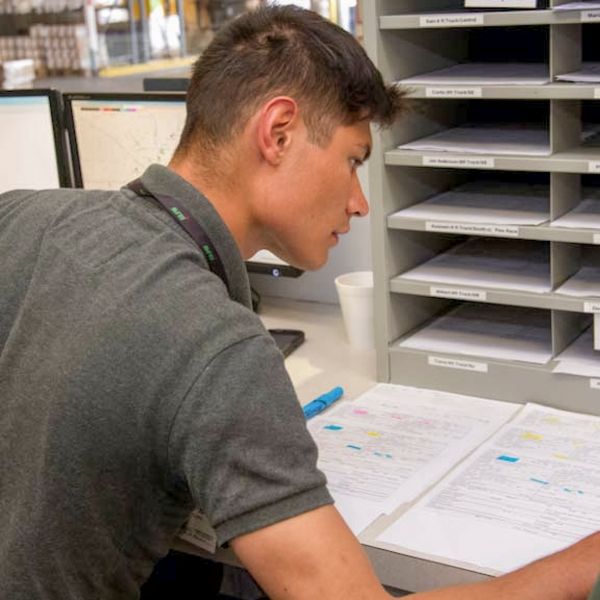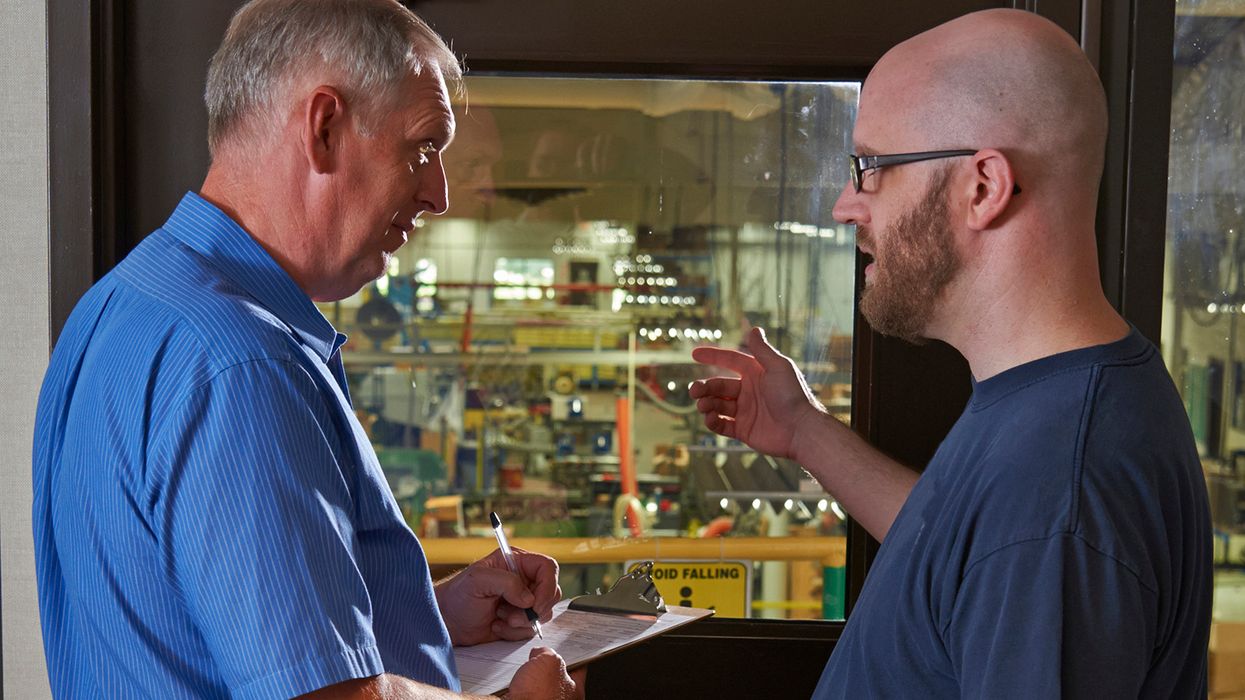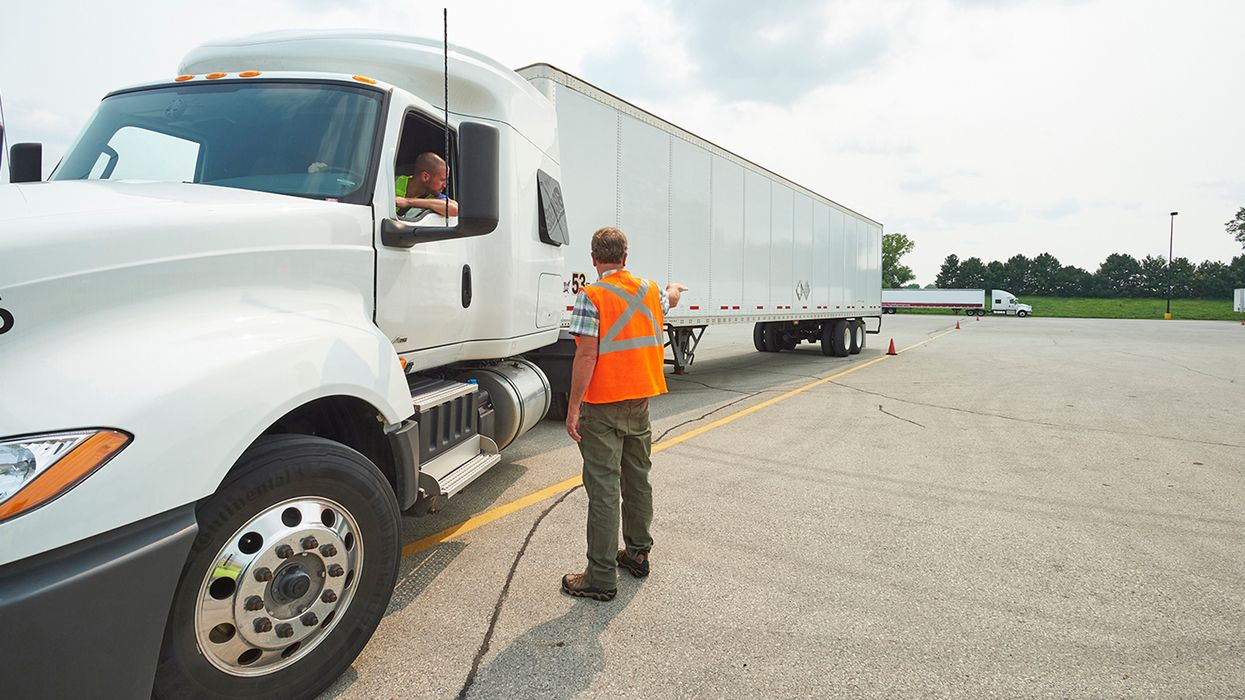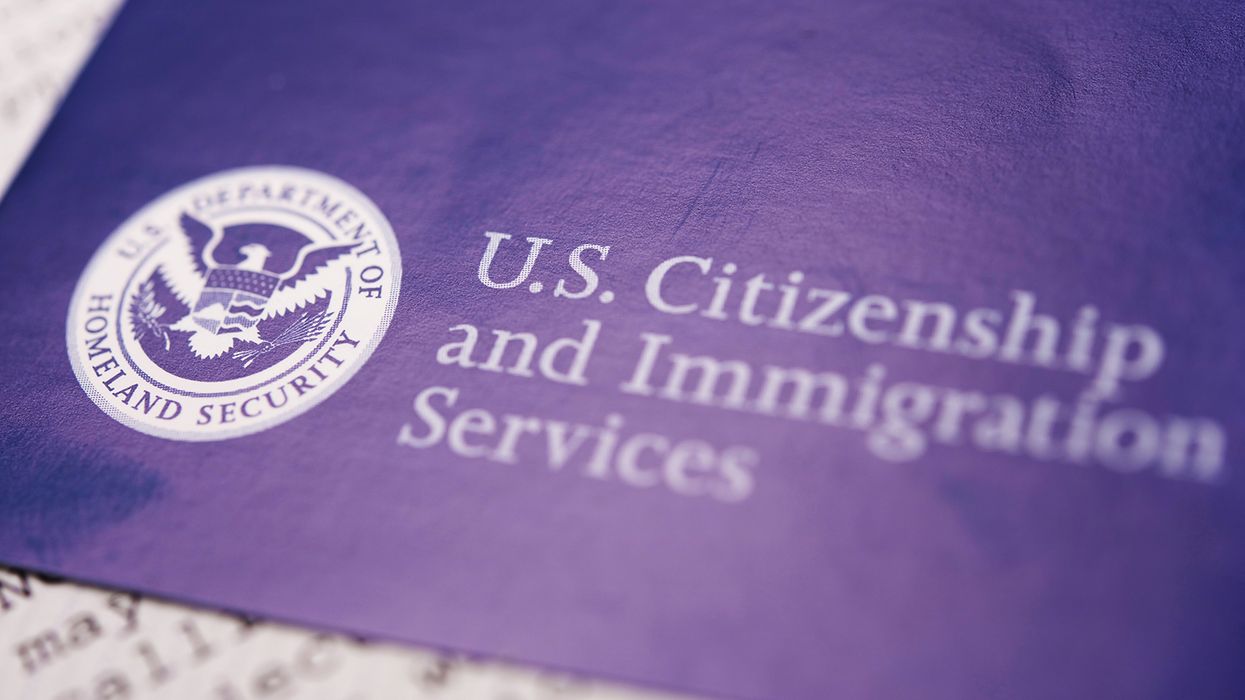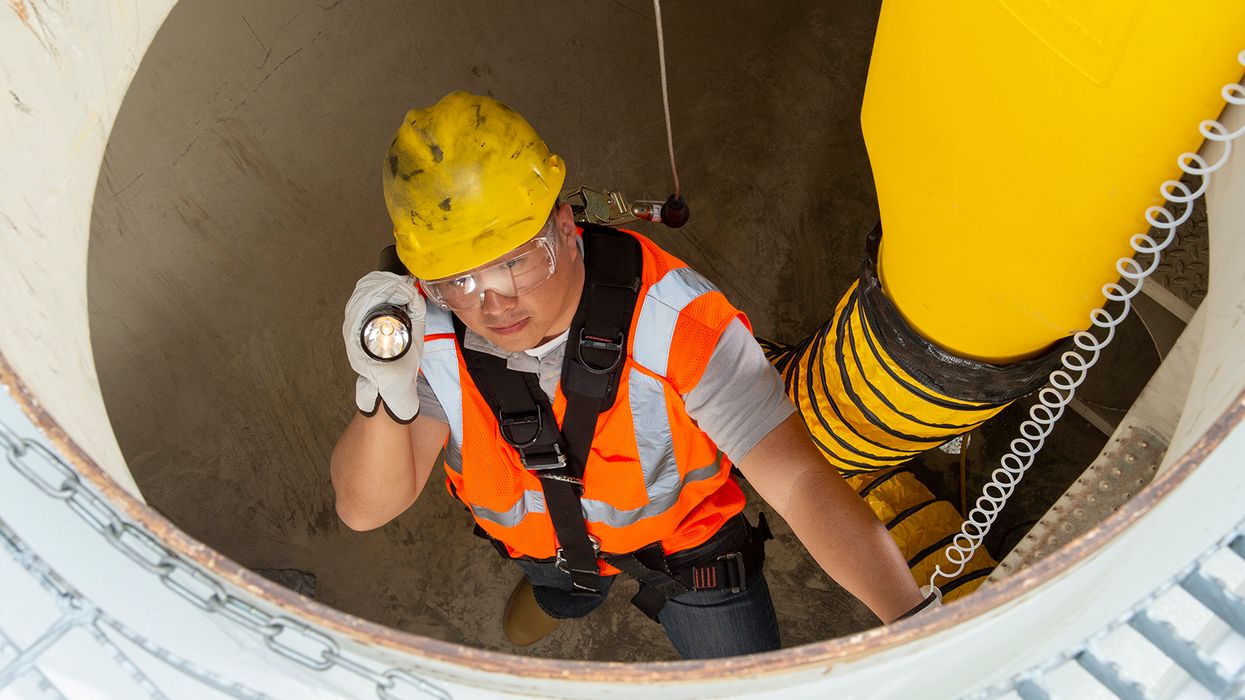The FMCSA’s evolving plan to update their registration system
In recent months, the Federal Motor Carrier Safety Administration (FMCSA) has taken steps to enhance its registration system. The goal is to improve the transparency and efficiency of registration procedures and implement statutory requirements related to the registration program. The changes impact carriers, brokers, freight forwarders, insurance companies, financial institutions, process agents, and third-party service providers. The idea to update the systems has been gathering momentum for over a decade.
In August of 2013, the FMCSA published a Unified Registration System (URS) final rule. The rule was ambitious – to scrap the current registration systems i(MCS-150, OP-1, BOC-3, etc.) and replace them with the entirely new URS. The rule would also have impacted the entities affected by the process agent and financial responsibility rules. The launch was fraught with problems from the start, with several initiatives pushed back until the entire action was finally suspended in January of 2017. Many of the envisioned provisions were unrealized, and the rule suspension created over 30 suspended regulatory sections which were replaced by rolled back temporary sections.
Regulators hoped to eventually complete the initiatives of the URS rule and further them via a URS 2 rulemaking at an undisclosed future date.
Current registration system vision
Fast forward to January of this year. The FMCSA held a “Registration Modernization Stakeholder Day” in Washington, D.C. In attendance were FMCSA officials, carriers, brokers, freight forwarders, insurance companies, financial institutions, process agents, third-party service providers, other stakeholders, and the author of this article.
It appeared that FMCSA officials already had a good idea of the direction they were headed and that they may have already been exploring options and possible rule changes. The administration hoped to roll out the new system in 2025.
In March, at the Mid-America Trucking Show, the FMCSA rolled out some of the enhancements already made to the system, dropping “Unified Registration System” and replacing it with the working title of “New Modernized Registration System” and further expanded on the vision by adding “and Fraud Prevention.”
Five modernization goals
- Enhance fraud resistant security features;
- Real-time data validation, smart logic, and edit checks to reduce errors;
- Streamline CMV reporting registration process;
- Consolidation of forms into one online application, which will also allow FMCSA to retire older legacy IT systems; and
- Improve user experience and data collection.
The FMCSA is not waiting
While the agency now hopes to roll out the full implementation of the new system, they are not waiting until 2025. Already completed or in the works include the enhanced fraud prevention measures of:
- Suspending online PIN requests;
- Requiring multi-factor authentication (Login.gov);
- Driver's license checks for paper application submissions;
- Preventing Principal Place of Business (PPOB) that do not meet regulatory requirements; and
- Creating a registration fraud team.
The next fraud prevention action items involve verifying the identity of the applicant and the business, essentially answering the questions, “Is this a real person?” and “Is this request for a real entity?” Every new and existing carrier will go through the verification process to clean up bad actors through revocation proceedings.
Key to remember: The planned implementation year will go fast. The FMCSA has an action item list and is checking things off. Near the end of May, the FMCSA will touch back with their next FMCSA Registration Modernization Stakeholder Day II. Stay tuned, these changes will likely affect you and your operation.





